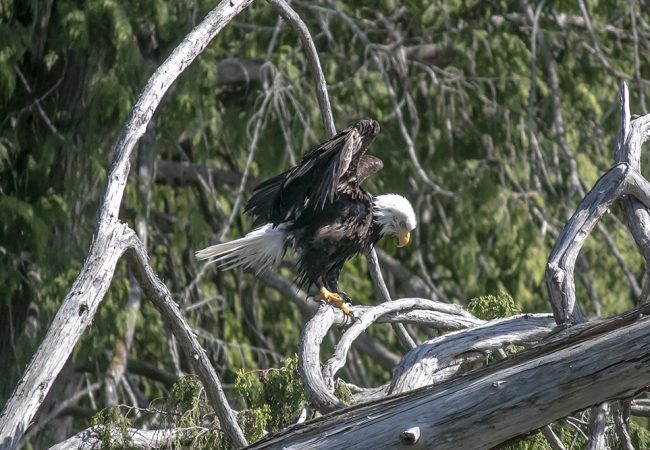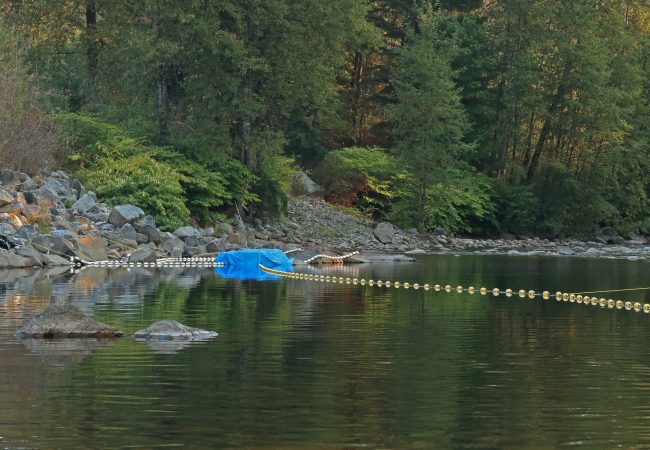You don't have to launch a wilderness trek to get…
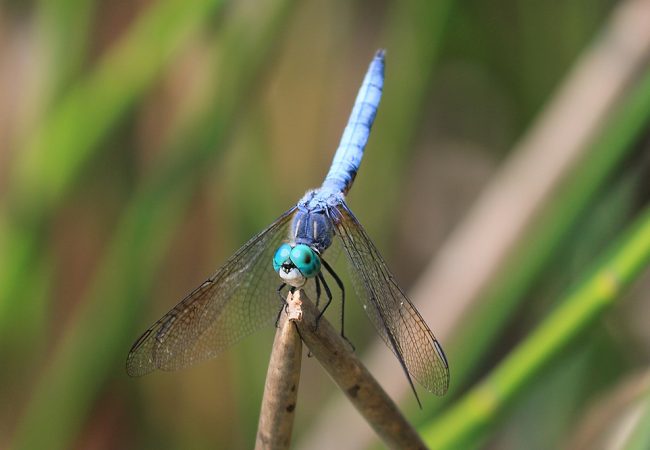
The Dragonflies of Wormy Lake
We see them buzzing around all spring and summer, but how many of us really know much about dragonflies? They’re extraordinary creatures, really. They have hummingbird agility, wings like lace and faces only their mothers could love.
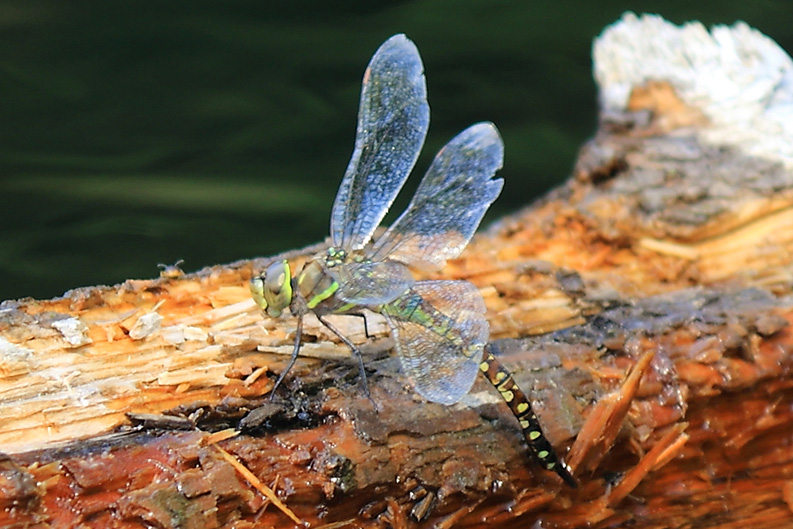
The Subarctic Darner (Aeshna subarctica) is found throughout North America.
Entomologists (the folks who study insects) tell us dragonflies have been on the planet for over 300 million years. They were a lot bigger when they first appeared, with wingspans as large as 30 inches (yikes). Their structure, however, was pretty much the same as you see today.
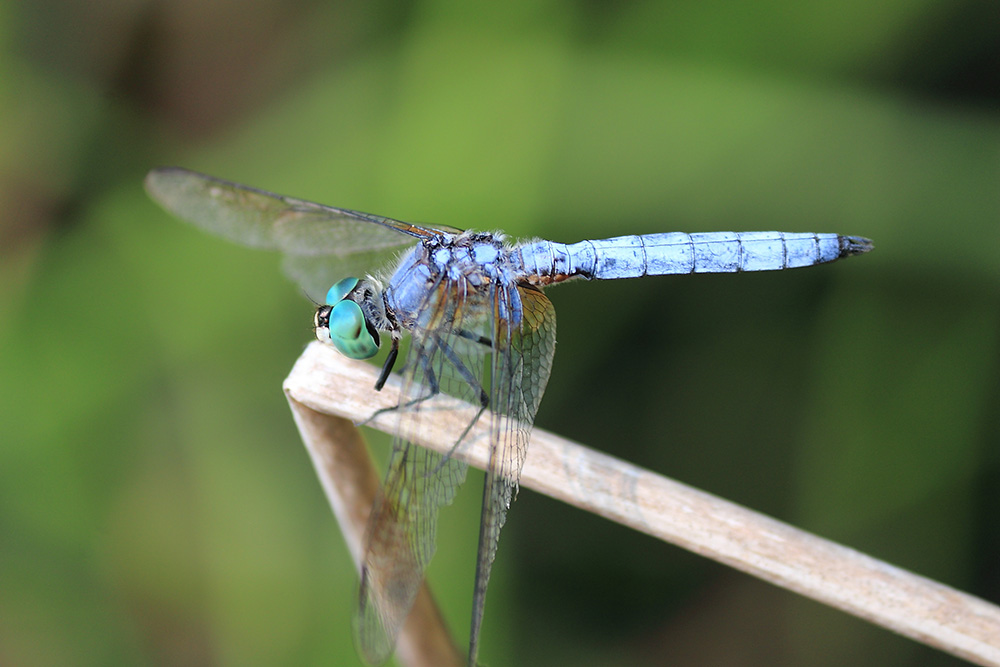
The Blue Dasher (Pachydiplax longipennis) is quite common in the Pacific Northwest.
Personally, I’m embarrassed to admit I’ve never given dragonflies much thought. Oh, I’ve admired them while fishing or kicking around water. I simply never bothered to learn much about them. And this from a guy who has cast many a dragonfly nymph imitation to catch trout. Sheesh.
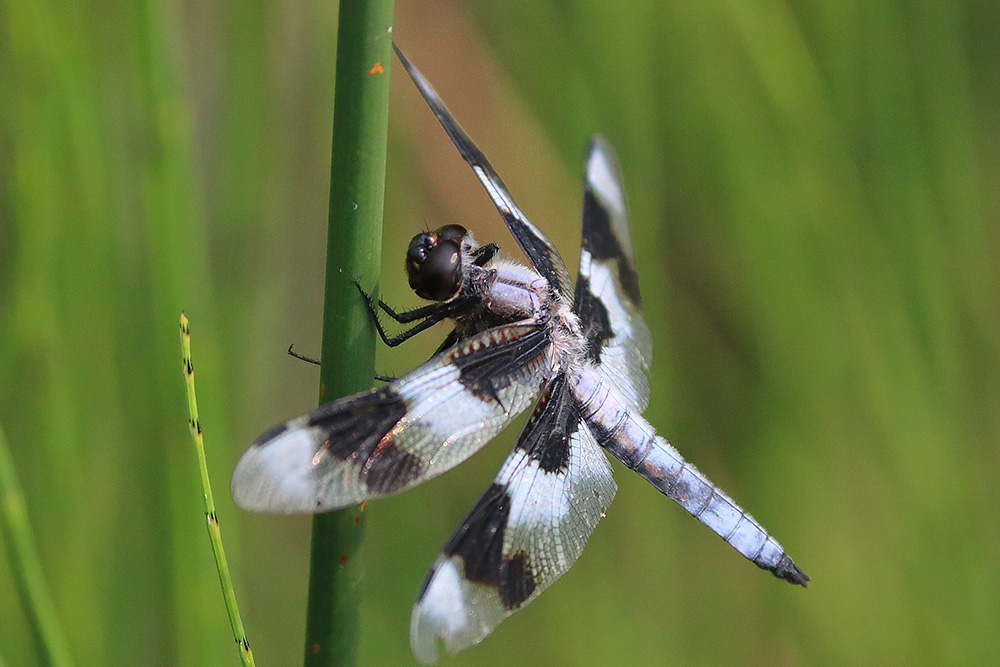
The 8-Spotted Skimmer (Libellula forensis) has eight black spots on its four wings, but also eight white spots.
On a recent outing at Wormy Lake, near Sechelt, I took the time to photograph a few different species of dragonflies along with their close cousins the damselflies.
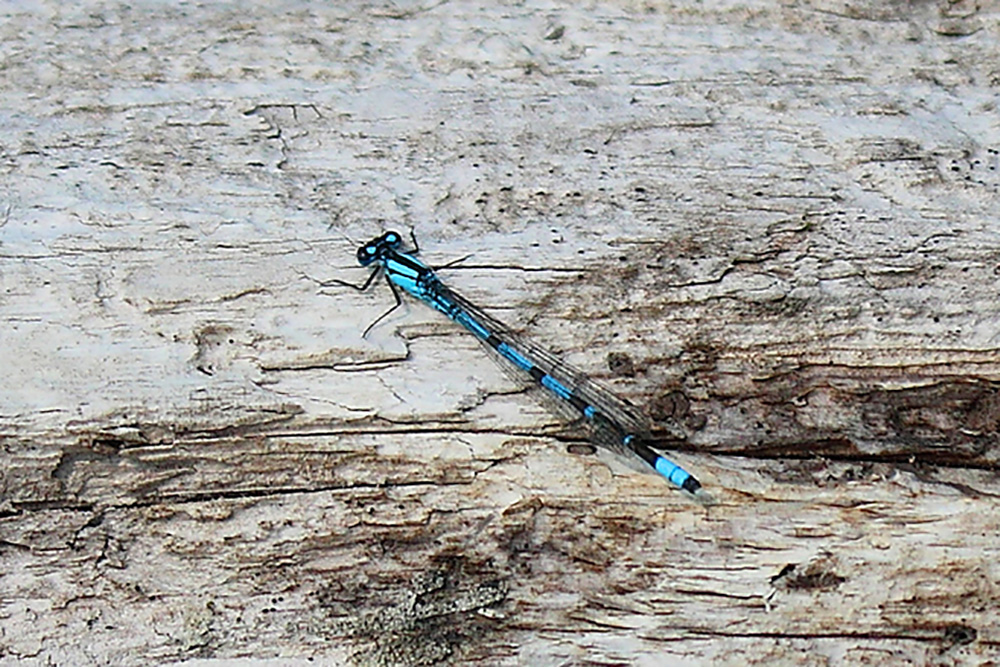
This is a damselfly, which keeps its wings folded back when resting.
Then I did a bit of research. Here are five interesting things I learned.
- Although closely related, damselflies are smaller than dragonflies and can fold their wings over their backs when resting. Dragonflies rest with their wings straight out.
- Dragonflies can’t sting you, but they sure can bite. (I will attest to this personally).
- Dragonflies are crazy fast and agile, flying forward at approximately 100 body lengths per second and backward at approximately three body lengths per second.
- Their adult lives are short, lasting only four to eight weeks. Adult damselflies live only one to two weeks.
- Dragonfly larvae eat mosquito larvae. This alone should make them Canada’s National Insect.
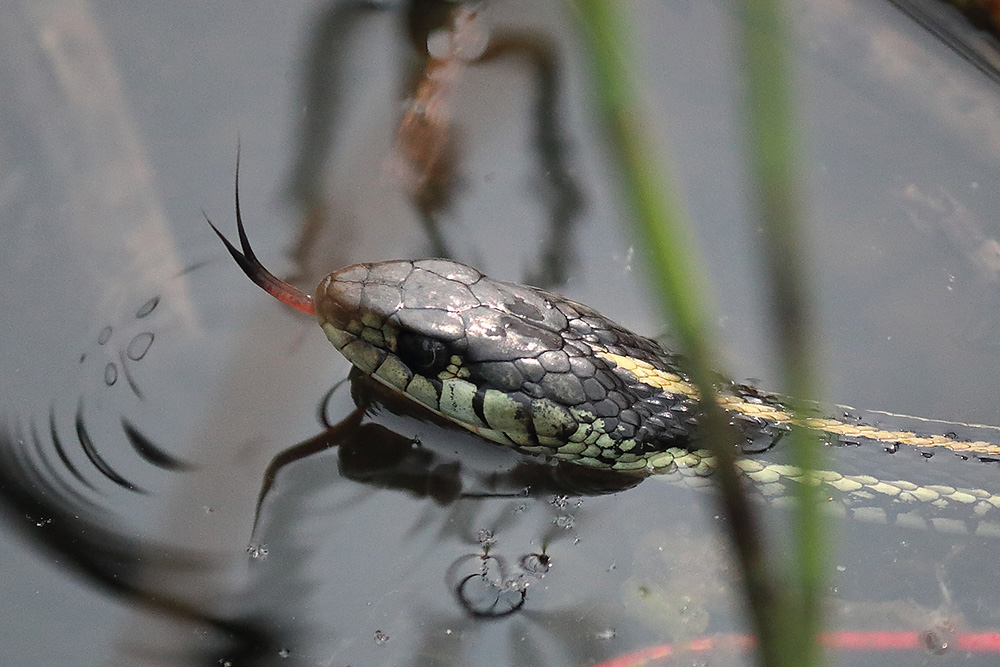
This is not a dragonfly. It’s a garter snake that I think was trying to catch a dragonfly.


